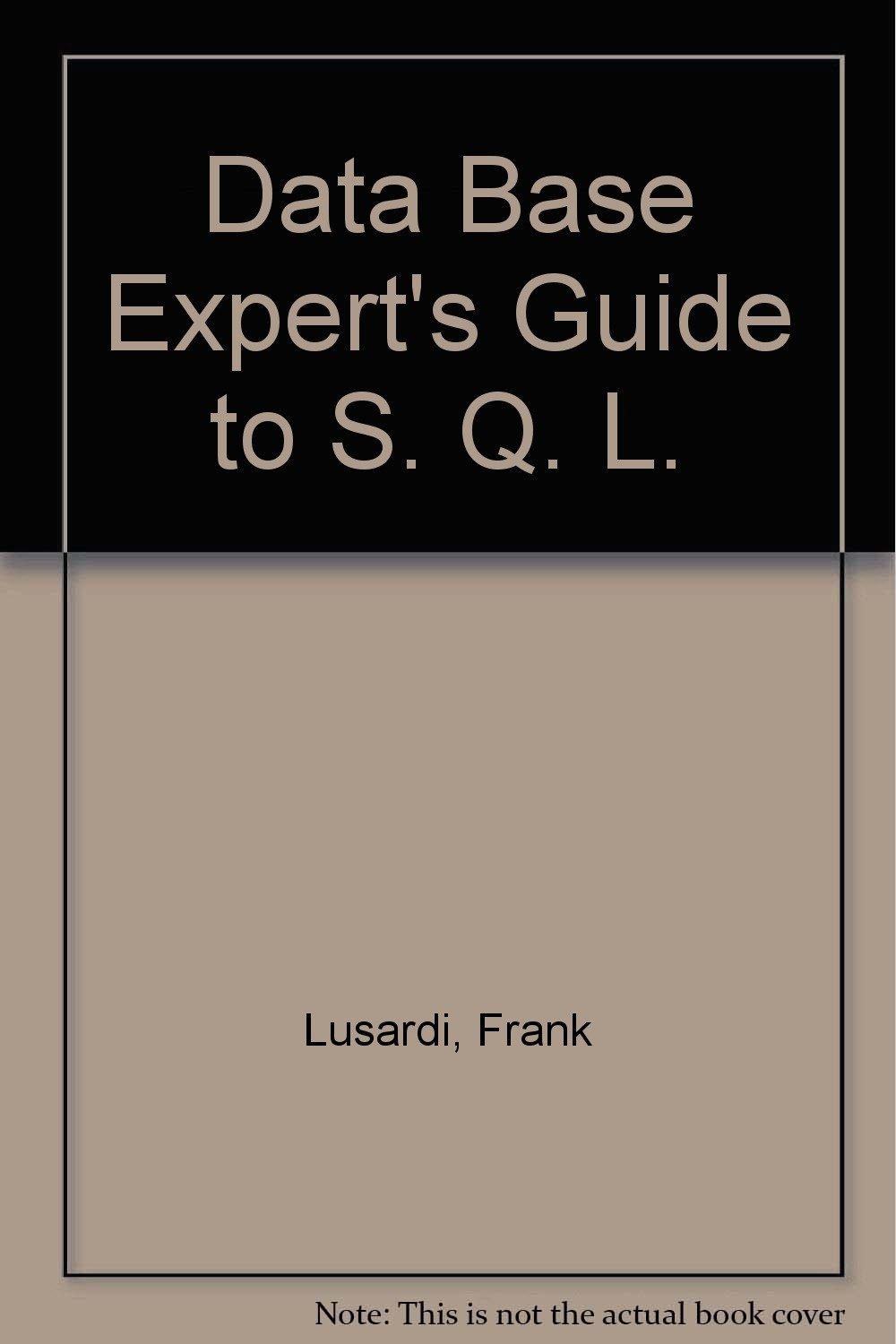Question
Please I need the answer of this question in C++ code form Get 3 different data arrays (of size 1000) and insert them into a
Please I need the answer of this question in C++ code form
Get 3 different data arrays (of size 1000) and insert them into a hash table.
Compare linear probing, linked list chaining, and BST chaining in terms of searching (search at least 100 times in each case). Data-1: 3, 5, 61, 19, 13, 23, 29, 17, 7, 11 (all prime numbers (1000 numbers), should not be consecutive) Data-2: 25, 65, 21, 91, 33, 15, 27, 35, 55 (all odd numbers (1000 numbers), should not be consecutive)
Data-3: 70, 50, 60, 90, 100, 32, 50, 40, 12 (all even numbers (1000 numbers), should not be consecutive)
a) Insert Data-1 using linear probing, linked-list chaining, and BST chaining. Search different randomly generated 100 numbers for each case. Show the average and the total number of searches that you performed for searching 100 numbers for every case.
b) Insert Data-2 using linear probing, linked-list chaining, and BST chaining. Search different randomly generated 100 numbers for each case. Show the average and the total number of searches that you performed for searching 100 numbers for every case.
c) Insert Data-3 using linear probing, linked-list chaining, and BST chaining. Search different randomly generated 100 numbers for each case. Show the average and the total number of searches that you performed for searching 100 numbers for every case. Which technique is better? State the reasons.
Instructions: The hash function should be optimal in terms of the number of collisions. The number of collisions should be as minimum as possible. Moreover, the size of the hash table should be efficient in terms of space. You have limited resources only. For part 2, you are only required to generate 1000 random numbers for insertion and 100 numbers for searching. No menu is required in this part. No deletion or individual data insertion and searching is required. You have to count the total number of collisions and searching-comparison in this part.
Hashing Rule: For size, avoid the powers of 2 and numbers close to the multiple of 10. Use the Prime number for the size of a hash table (Recommended).
Step by Step Solution
There are 3 Steps involved in it
Step: 1

Get Instant Access to Expert-Tailored Solutions
See step-by-step solutions with expert insights and AI powered tools for academic success
Step: 2

Step: 3

Ace Your Homework with AI
Get the answers you need in no time with our AI-driven, step-by-step assistance
Get Started


